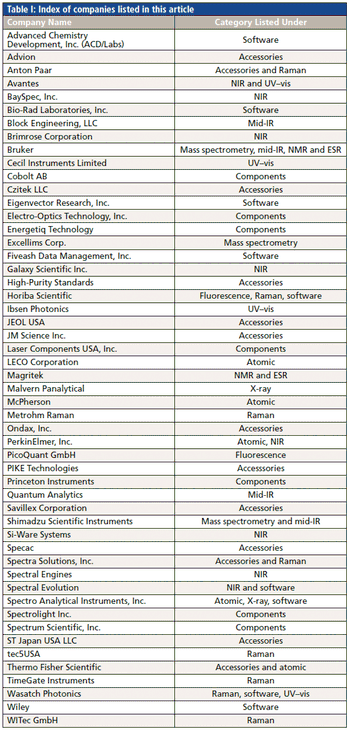
Our annual review of spectroscopy products, broken down into the following categories: Atomic Spectroscopy, Florescence, Mass Spectrometry, Mid-IR, NIR, NMR and ESR, Raman, UV-vis, X-ray, Software, Accessories, Components

Our annual review of spectroscopy products, broken down into the following categories: Atomic Spectroscopy, Florescence, Mass Spectrometry, Mid-IR, NIR, NMR and ESR, Raman, UV-vis, X-ray, Software, Accessories, Components

Our annual review of new spectroscopy products introduced at Pittcon, or during the previous year.
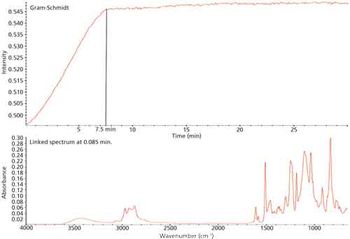
Adhesives are a group of materials that are found extensively in manufacturing and production industries and are of great interest for quality control and failure analysis. This paper discusses the use of an array detector in conjunction with ultrafast mapping to produce kinetic chemical imaging to monitor the curing process in a two-part epoxy resin. This technique allows for simultaneous analysis of both the kinetics of the epoxy reaction along with the spatial information of the reaction. This kinetico-spatial information gives insight about localized domains that form when the epoxy is mixed and how the reaction progresses.
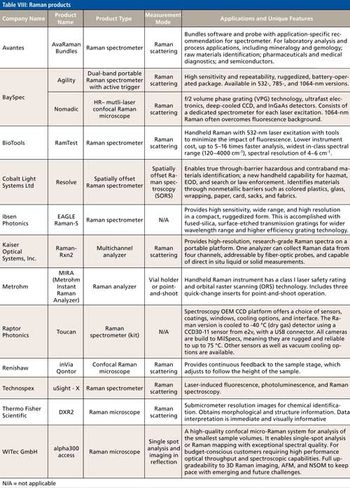
Our annual review of products introduced at Pittcon or during the previous year, broken down by the following categories: accessories, atomic spectroscopy, components, imaging, mass spectrometry, mid-IR, NIR, NMR, Raman, software, UV-vis, and X-ray.
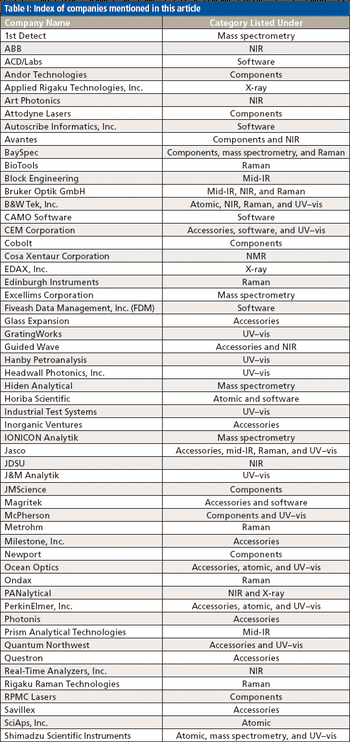
Every year, we prepare this review of new spectroscopy products to make it easy for you to stay up to date on the latest instrumentation, accessories, components, and software. Traditionally, we have referred to this article as the "Pittcon" review.
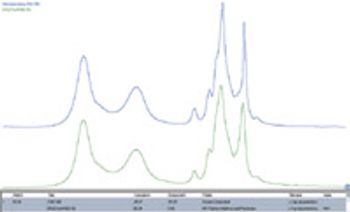
Identifying contaminants in materials is a common troubleshooting need for which FT-IR spectroscopy is ideally suited. Thermo Scientific OMNIC Specta software provides a unique and powerful tool to assist the analyst to quickly identify unexpected constituents. The OMNIC? Specta? Contaminant Search feature allows for rapid investigations that can save time and minimize the impact of product issues.
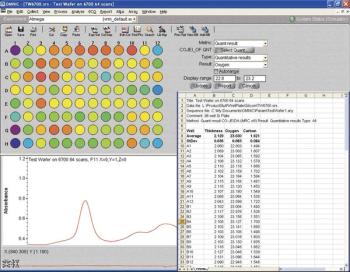
Infrared spectroscopy is a powerful analysis technique used in the semiconductor industry to ensure the quality of silicon and silicon wafers. The authors discuss the use of an inexpensive, lab-based system to measure carbon and oxygen concentrations in silicon to the level of precision required by the solar silicon industry.
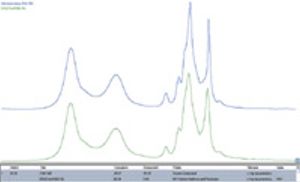
Published: September 1st 2012 | Updated:
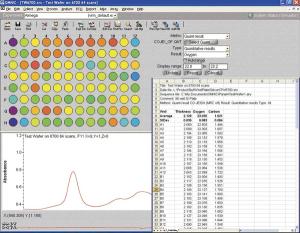
Published: August 1st 2009 | Updated:
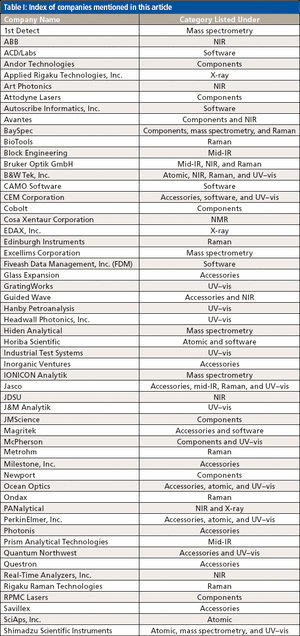
Published: May 1st 2015 | Updated:
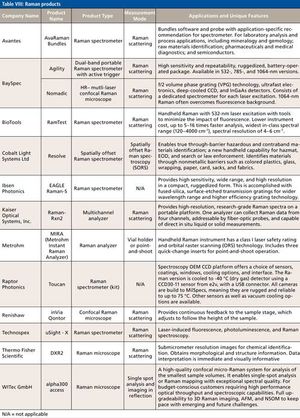
Published: May 1st 2016 | Updated:
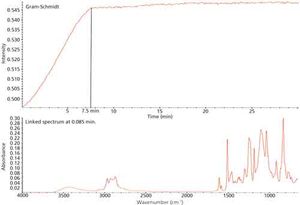
Published: September 1st 2016 | Updated:
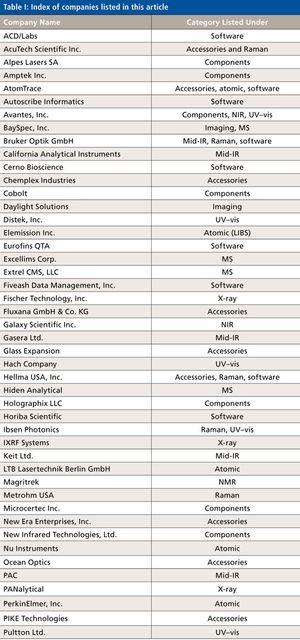
Published: May 1st 2017 | Updated: